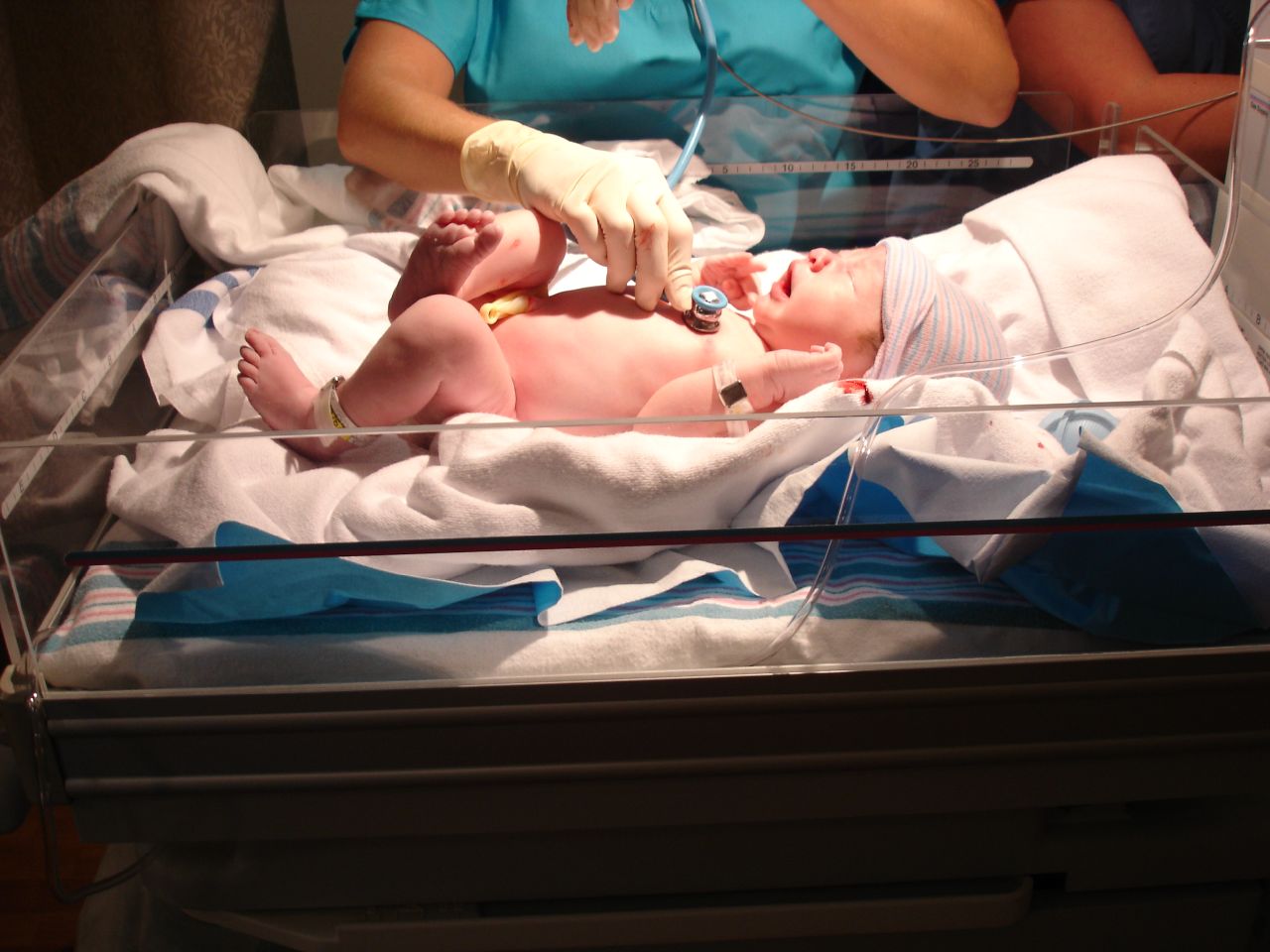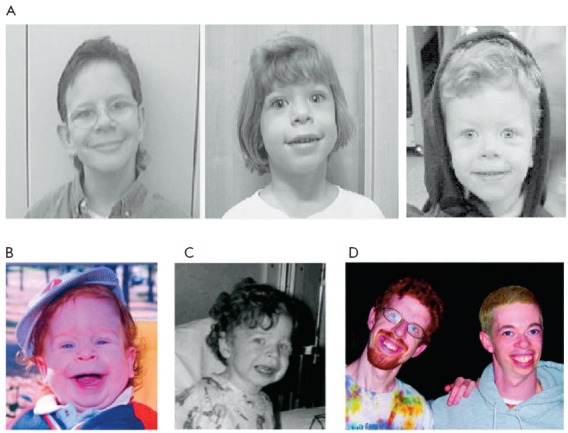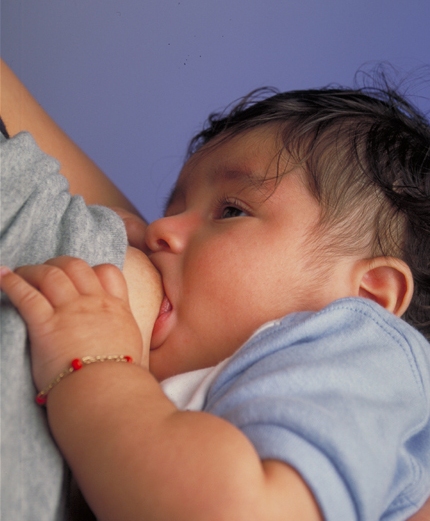|
Tom Oppé
Thomas Ernest Oppé CBE (7 February 1925 – 25 June 2007) was an English paediatrician and a professor of paediatrics at St Mary's Hospital, London. He is regarded as a pioneer in children's health services and infant nutrition. Early life Oppé was born in 1925 in Hampstead to Ernest Frederick, a banker, and Ethel Nellie (née Rackstraw). His paternal uncle was the historian and art collector Paul Oppé. Tom Oppé attended University College School, and went into banking at the age of 15. He left after six months, deciding that he would prefer to study medicine, and began his pre-clinical training at Guy's Hospital in 1942. He was evacuated to Tunbridge Wells for much of the Second World War, and graduated with honours in 1947. He completed his national service as a surgeon lieutenant with the Royal Navy Medical Service, working mostly on board the aircraft carrier HMS ''Implacable''. Career Oppé had decided to pursue paediatrics as a medical student. He completed a year as h ... [...More Info...] [...Related Items...] OR: [Wikipedia] [Google] [Baidu] |
Paediatrician
Pediatrics (American English) also spelled paediatrics (British English), is the branch of medicine that involves the medical care of infants, children, adolescents, and young adults. In the United Kingdom, pediatrics covers many of their youth until the age of 18. The American Academy of Pediatrics recommends people seek pediatric care through the age of 21, but some pediatric subspecialists continue to care for adults up to 25. Worldwide age limits of pediatrics have been trending upward year after year. A medical doctor who specializes in this area is known as a pediatrician, or paediatrician. The word ''pediatrics'' and its cognates mean "healer of children", derived from the two Greek words: (''pais'' "child") and (''iatros'' "doctor, healer"). Pediatricians work in clinics, research centers, universities, general hospitals and children's hospitals, including those who practice pediatric subspecialties (e.g. neonatology requires resources available in a NICU). History ... [...More Info...] [...Related Items...] OR: [Wikipedia] [Google] [Baidu] |
Neonatology
Neonatology is a subspecialty of pediatrics that consists of the medical care of newborn infants, especially the ill or premature newborn. It is a hospital-based specialty and is usually practised in neonatal intensive care units (NICUs). The principal patients of neonatologists are newborn infants who are ill or require special medical care due to prematurity, low birth weight, intrauterine growth restriction, congenital malformations ( birth defects), sepsis, pulmonary hypoplasia, or birth asphyxia. Historical developments Though high infant mortality rates were recognized by the medical community at least as early as the 1860s, advances in modern neonatal intensive care have led to a significant decline in infant mortality in the modern era. This has been achieved through a combination of technological advances, enhanced understanding of newborn physiology, improved sanitation practices, and development of specialized units for neonatal intensive care. Around the mid ... [...More Info...] [...Related Items...] OR: [Wikipedia] [Google] [Baidu] |
Order Of The British Empire
The Most Excellent Order of the British Empire is a British order of chivalry, rewarding valuable service in a wide range of useful activities. It comprises five classes of awards across both civil and military divisions, the most senior two of which make the recipient either a Orders, decorations, and medals of the United Kingdom#Modern honours, knight if male or a dame (title), dame if female. There is also the related British Empire Medal, whose recipients are affiliated with the order, but are not members of it. The order was established on 4 June 1917 by King George V, who created the order to recognise 'such persons, male or female, as may have rendered or shall hereafter render important services to Our Empire'. Equal recognition was to be given for services rendered in the UK and overseas. Today, the majority of recipients are UK citizens, though a number of Commonwealth realms outside the UK continue to make appointments to the order. Honorary awards may be made to cit ... [...More Info...] [...Related Items...] OR: [Wikipedia] [Google] [Baidu] |
Williams Syndrome
Williams syndrome (WS), also Williams–Beuren syndrome (WBS), is a genetic disorder that affects many parts of the body. Facial features frequently include a broad forehead, underdeveloped chin, short nose, and full cheeks. Mild to moderate intellectual disability is observed, particularly challenges with visual spatial tasks such as drawing. Verbal skills are relatively unaffected. Many people have an outgoing personality, a happy disposition, an openness to engaging with other people, increased empathy and decreased aggression. Medical issues with teeth, heart problems (especially supravalvular aortic stenosis), and periods of hypercalcemia, high blood calcium are common. Williams syndrome is caused by a genetic abnormality, specifically a Deletion (genetics), deletion of about 27 genes from the long arm of one of the two chromosome 7s. Typically, this occurs as a random event during the formation of the egg or sperm from which a person develops. In a small number of cases, i ... [...More Info...] [...Related Items...] OR: [Wikipedia] [Google] [Baidu] |
Imperial College London
Imperial College London, also known as Imperial, is a Public university, public research university in London, England. Its history began with Prince Albert of Saxe-Coburg and Gotha, Prince Albert, husband of Queen Victoria, who envisioned a Albertopolis, cultural district in South Kensington that included museums, colleges, and the Royal Albert Hall. In 1907, these colleges – the Royal College of Science, the Royal School of Mines, and the City and Guilds of London Institute – merged to form the Imperial College of Science and Technology. In 1988, Imperial merged with St Mary's Hospital, London, St Mary's Hospital Medical School and then with Charing Cross and Westminster Medical School to form the Imperial College School of Medicine. The Imperial Business School was established in 2003 and officially opened by Elizabeth II, Queen Elizabeth II. Formerly a constituent college of the University of London, Imperial became an independent university in 2007. Imperial is o ... [...More Info...] [...Related Items...] OR: [Wikipedia] [Google] [Baidu] |
Cow's Milk
Milk is a white liquid food produced by the mammary glands of lactating mammals. It is the primary source of nutrition for young mammals (including breastfed human infants) before they are able to digest solid food. Milk contains many nutrients, including calcium and protein, as well as lactose and saturated fat; the enzyme lactase is needed to break down lactose. Immune factors and immune-modulating components in milk contribute to milk immunity. The first milk, which is called colostrum, contains antibodies and immune-modulating components that strengthen the immune system against many diseases. As an agricultural product, milk is collected from farm animals, mostly cattle, on a dairy. It is used by humans as a drink and as the base ingredient for dairy products. The US CDC recommends that children over the age of 12 months (the minimum age to stop giving breast milk or formula) should have two servings of milk products a day, and more than six billion people ... [...More Info...] [...Related Items...] OR: [Wikipedia] [Google] [Baidu] |
Infant Formula
Infant formula, also called baby formula, simply formula (American English), formula milk, baby milk, or infant milk (British English), is a manufactured food designed and marketed for feeding to babies and infants under 12 months of age, usually prepared for bottle-feeding or cup-feeding from powder (mixed with water) or liquid (with or without additional water). The U.S. Federal Food, Drug, and Cosmetic Act (FFDCA) defines infant formula as "a food which purports to be or is represented for special dietary use solely as a food for infants by reason of its simulation of human milk or its suitability as a complete or partial substitute for human milk". Manufacturers state that the composition of infant formula is designed to be roughly based on a human mother's milk at approximately one to three months postpartum; however, there are significant differences in the nutrient content of these products. The most commonly used infant formulas contain purified cow's milk whey and ... [...More Info...] [...Related Items...] OR: [Wikipedia] [Google] [Baidu] |
Breastfed
Breastfeeding, also known as nursing, is the process where breast milk is fed to a child. Infants may suck the milk directly from the breast, or milk may be extracted with a Breast pump, pump and then fed to the infant. The World Health Organization (WHO) recommend that breastfeeding begin within the first hour of a baby's birth and continue as the baby wants. Health organizations, including the WHO, recommend breastfeeding exclusively for six months. This means that no other foods or drinks, other than vitamin D, are typically given. The WHO recommends exclusive breastfeeding for the first 6 months of life, followed by continued breastfeeding with appropriate complementary foods for up to 2 years and beyond. Of the 135 million babies born every year, only 42% are breastfed within the first hour of life, only 38% of mothers practice exclusive breastfeeding during the first six months, and 58% of mothers continue breastfeeding up to the age of two years and beyond. Breastfee ... [...More Info...] [...Related Items...] OR: [Wikipedia] [Google] [Baidu] |
Department Of Health And Social Security
The Department of Health and Social Security (commonly known as the DHSS) was a Ministry (government department), ministry of the Her Majesty's Government, British government in existence for twenty years from 1968 until 1988, and was headed by the Secretary of State for Social Services. History In 1953, the Ministry of Pensions and the Ministry of National Insurance were merged to create the Ministry of Pensions and National Insurance. In 1966, the Supplementary Benefits Commission (part of the National Assistance Board) was merged with the Ministry of Pensions and National Insurance to form the new Ministry of Social Security (United Kingdom), Ministry of Social Security, as part of the Ministry of Social Security Act 1966. In 1968, the Ministry of Social Security and the Department of Health (United Kingdom), Ministry of Health were dissolved and their functions merged into a new Department of Health and Social Security by an Order in Council which came into operation on 1 ... [...More Info...] [...Related Items...] OR: [Wikipedia] [Google] [Baidu] |
Vitamin D Deficiency
Vitamin D deficiency or hypovitaminosis D is a vitamin D level that is below normal. It most commonly occurs in people when they have inadequate exposure to sunlight, particularly sunlight with adequate ultraviolet B rays (UVB). Vitamin D deficiency can also be caused by inadequate nutritional intake of vitamin D; disorders that limit vitamin D absorption; and disorders that impair the conversion of vitamin D to active metabolites, including certain liver, kidney, and hereditary disorders. Deficiency impairs bone mineralization, leading to bone-softening diseases, such as rickets in children. It can also worsen osteomalacia and osteoporosis in adults, increasing the risk of bone fractures. Muscle weakness is also a common symptom of vitamin D deficiency, further increasing the risk of falls and bone fractures in adults. Vitamin D deficiency is associated with the development of schizophrenia. Vitamin D can be synthesized in the skin under exposure to UVB from sunlight. Oily ... [...More Info...] [...Related Items...] OR: [Wikipedia] [Google] [Baidu] |
Rhesus Disease
Rh disease (also known as rhesus isoimmunization, Rh (D) disease, or rhesus incompatibility, and blue baby disease) is a type of hemolytic disease of the fetus and newborn (HDFN). The term "Rh disease" is commonly used to refer to HDFN due to anti-D antibodies (the D antigen being only one of more than 50 in the Rh complex), and prior to the discovery of anti-Rho(D) immune globulin, it was the most common type of HDFN. The disease ranges from mild to severe, and occurs in the second or subsequent pregnancies of Rh-D negative women when the biological father is Rh-D positive. Due to several advances in modern medicine, HDFN due to anti-D is preventable by treating the mother during pregnancy and soon after delivery with an injection of anti-Rho(D) immune globulin (Rhoclone, Rhogam, AntiD). With successful mitigation of this disease by prevention through the use of anti-Rho(D) immune globulin, other antibodies are more commonly the cause of HDFN today. Mechanism During pregn ... [...More Info...] [...Related Items...] OR: [Wikipedia] [Google] [Baidu] |
Infant Respiratory Distress Syndrome
Infant respiratory distress syndrome (IRDS), also known as surfactant deficiency disorder (SDD), and previously called hyaline membrane disease (HMD), is a syndrome in premature infants caused by developmental insufficiency of pulmonary surfactant production and structural immaturity in the lungs. It can also be a consequence of neonatal infection and can result from a genetic problem with the production of surfactant-associated proteins. IRDS affects about 1% of newborns and is the leading cause of morbidity and mortality in preterm infants. Data have shown the choice of elective caesarean sections to strikingly increase the incidence of respiratory distress in term infants; dating back to 1995, the UK first documented 2,000 annual caesarean section births requiring neonatal admission for respiratory distress. The incidence decreases with advancing gestational age, from about 50% in babies born at 26–28 weeks to about 25% at 30–31 weeks. The syndrome is more frequent in m ... [...More Info...] [...Related Items...] OR: [Wikipedia] [Google] [Baidu] |






